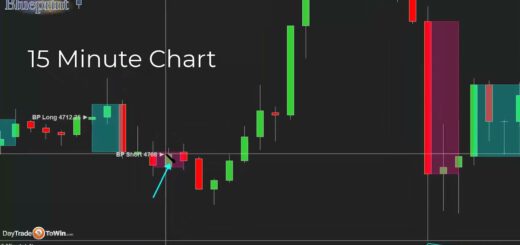The Algorithmic Advantage: How HFT Reshapes Finance
High-Frequency Trading (HFT) constitutes a form of algorithmic trading characterized by the execution of an extensive volume of trades at astonishing speeds. Here’s an overview of how this operates:
- Algorithmic Precision: HFT entities employ sophisticated computer algorithms that continuously analyze market data, pinpointing potential trading opportunities in real-time. These algorithms are capable of processing vast amounts of data at lightning speed.
- Emphasis on Velocity: The crux of HFT lies in its velocity. Traders strive to gain a competitive edge by executing trades within milliseconds or even microseconds faster than their peers. Achieving this necessitates minimizing the time it takes to transmit orders and receive confirmations.
- Proximity Servers: HFT firms often strategically position their servers in close proximity to stock exchanges and other trading platforms. This geographical proximity minimizes data transmission delays and may even involve colocating servers within the exchange’s data center.
- Market Making: Some HFT firms adopt the role of market makers, continuously offering to buy and sell securities. Their profits derive from the bid-ask spread, the difference between the buying and selling prices.
- Arbitrage Strategies: HFT entities also engage in arbitrage strategies. They exploit minute price disparities between various markets or exchanges. For instance, if a stock is trading for $10.01 on one exchange and $10.00 on another, they may purchase on the cheaper exchange and sell on the more expensive one.
? TRADING VELOCITY
The speed at which HFT operates is nothing short of astounding:
- Microsecond Decision-Making: HFT algorithms make trading decisions in mere millionths of a second (microseconds). This extraordinary speed advantage allows them to capitalize on momentary market inefficiencies.
- Speed of Light: While information travels at the speed of light, even slight variations in the length of data transmission cables can affect trading velocity. Traders go to great lengths to minimize cable length to gain milliseconds of advantage.
- Microwave Tower Transmission: In certain instances, firms have erected microwave towers to transmit data through the air, further reducing transmission time compared to traditional fiber optic cables.
? THE FLASH CRASH OF 2010
The Flash Crash of May 6, 2010, remains a pivotal event in the history of HFT. Here’s a synopsis of the events:
- Market Plunge: In a matter of minutes, the U.S. stock market witnessed a precipitous and rapid decline, with the Dow Jones Industrial Average plunging nearly 1,000 points.
- Swift Recovery: Just as swiftly as the market plummeted, it rebounded. Within 20 minutes, a substantial portion of the losses was recovered.
- Cause Controversy: The precise cause of the flash crash is still a subject of debate. Some attribute it to a large sale of E-Mini S&P 500 futures contracts, likely triggered by HFT algorithms, as a primary catalyst.
- Cascading Effects: The initial selling pressure set off a chain reaction, as other algorithms responded to the abrupt market movements by offloading securities. This led to a depletion of liquidity and extreme price fluctuations.
- Regulatory Response: The flash crash spurred regulatory reforms and investigations aimed at preventing similar incidents in the future. It underscored the potential risks associated with HFT.
In summary, High-Frequency Trading relies on lightning-fast algorithms and technology to execute trades within microseconds. While it has reshaped the financial landscape, it also carries risks, as exemplified by the flash crash of 2010. Regulators remain vigilant, monitoring and regulating HFT to preserve market stability and fairness.




